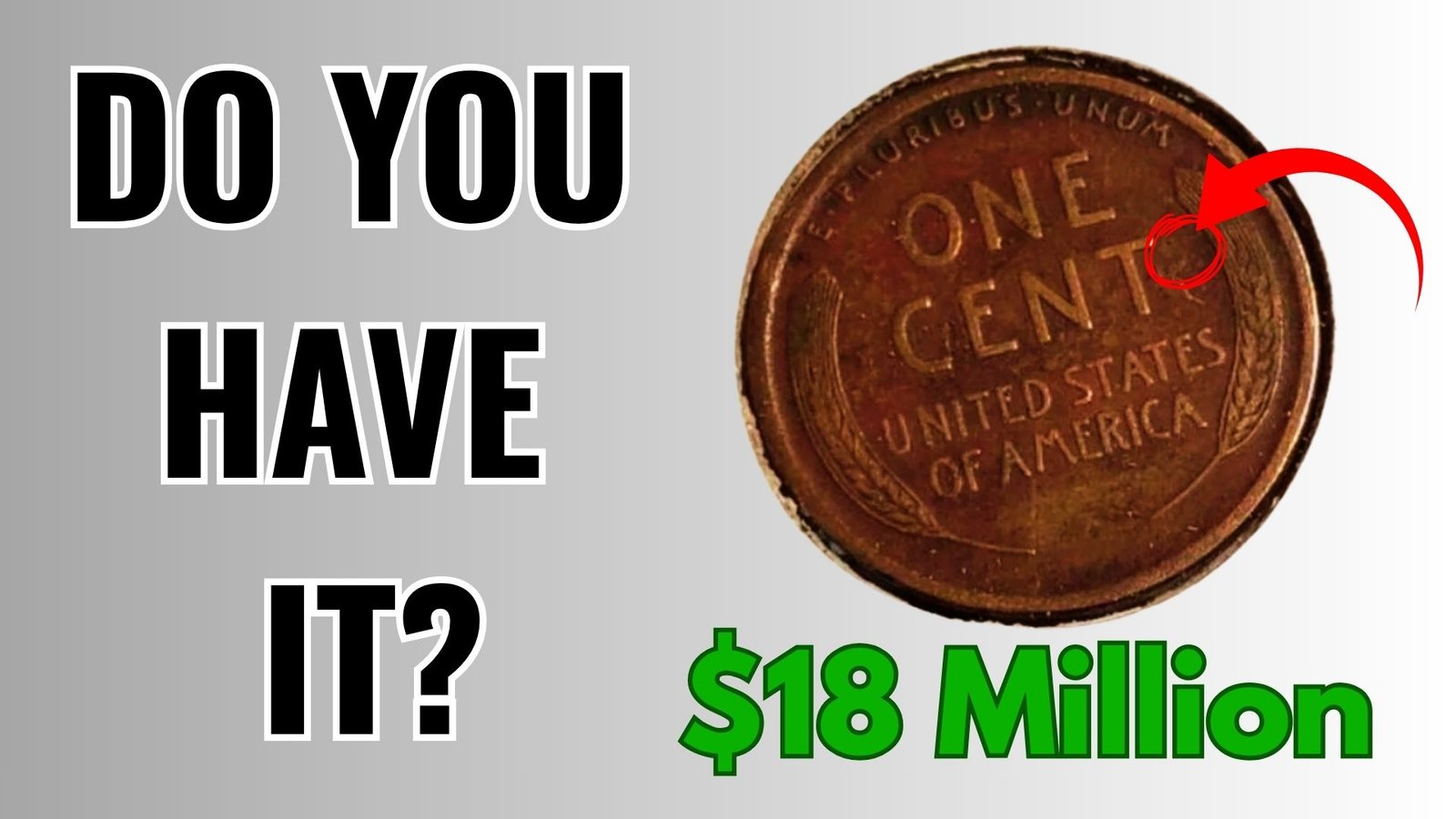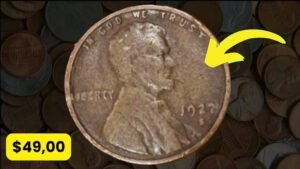If you’ve ever emptied your change jar and found a Wheat Penny, you might have held more than just one cent. Over the past decade, these humble copper coins have turned into small treasures for collectors. But how much are they really worth today—and which ones could make you a fortune? Let’s unlock the mystery behind Wheat Penny values and discover why these coins have fascinated collectors for over a century.
What Are Wheat Pennies?
Wheat Pennies, officially known as Lincoln Wheat Cents, were minted in the United States from 1909 to 1958. They get their name from the pair of wheat stalks engraved on the reverse side, symbolizing prosperity. Featuring Abraham Lincoln’s portrait on the front, these coins marked the first U.S. cent to depict a real person, replacing the Indian Head cent.
The History and Origin of the Wheat Penny
The first Wheat Penny appeared in 1909, celebrating the 100th anniversary of Lincoln’s birth. Designed by Victor David Brenner, it carried his initials “VDB”, which stirred controversy for being too prominent. Some early 1909 coins with “VDB” were pulled from circulation, creating the now-legendary 1909-S VDB Wheat Penny—one of the most valuable pennies in history.
Why Wheat Pennies Are Still Valuable Today
Wheat Pennies hold value for three main reasons: rarity, condition, and errors. While billions were produced, only a small fraction remain in pristine condition. Additionally, unique minting errors and specific years—like 1943 steel cents or the 1922 No-D penny—can make individual coins worth hundreds or even thousands of dollars.
Wheat Penny Value Trends Over the Past Decade
Over the last ten years, the value of Wheat Pennies has steadily increased due to growing collector demand and a dwindling supply of high-grade examples. Coins once sold for a few dollars now fetch hundreds in auctions.
Average Wheat Penny Value Growth (2015–2025)
| Year | Common Circulated (Avg.) | Rare High-Grade (Avg.) | Key Date Example |
|---|---|---|---|
| 2015 | $0.05–$1.00 | $50–$250 | 1909-S VDB ($800) |
| 2018 | $0.10–$2.00 | $75–$300 | 1943 Copper ($85,000) |
| 2021 | $0.15–$2.50 | $100–$350 | 1922 No-D ($1,200) |
| 2025 | $0.20–$3.00 | $120–$400+ | 1955 DDO ($2,000) |
Most Valuable Wheat Pennies (as of 2025)
| Year | Mint Mark | Coin Description | Estimated Value Range |
|---|---|---|---|
| 1909-S VDB | S | First issue with designer initials | $700 – $2,500 |
| 1914-D | D | Low mintage Denver issue | $350 – $1,200 |
| 1922 No-D | None | Mint error with missing mint mark | $800 – $1,500 |
| 1943 Copper | P/D/S | Struck in copper instead of steel | $100,000 – $250,000 |
| 1955 Doubled Die | P | Doubling visible on “LIBERTY” and date | $1,000 – $2,500 |
| 1944 Steel | P | Rare leftover wartime error | $75,000 – $150,000 |
Notable Facts About Wheat Pennies
- The 1943 steel penny was made of zinc-coated steel due to wartime copper shortages.
- Only about 40 1943 copper pennies exist today.
- The average Wheat Penny is worth 5 to 20 times its face value even in worn condition.
- Collectors prize coins with clear “Full Wheat Lines” and high luster.
Expert Tips to Maximize Your Wheat Penny Collection
- Check Mint Marks: Coins from San Francisco (S) and Denver (D) mints are often rarer.
- Preserve Condition: Store in acid-free coin holders or albums to prevent oxidation.
- Look for Errors: Double dies, off-center strikes, and missing mint marks can drastically boost value.
- Grade Your Coins: Professional grading from PCGS or NGC enhances authenticity and market price.
FAQs
Q: Are all Wheat Pennies valuable?
A: Not all, but every Wheat Penny carries more than face value. Common dates may be worth a few cents, while rare dates can fetch thousands.
Q: What is the rarest Wheat Penny ever found?
A: The 1943 Copper Penny is the rarest, valued between $100,000 and $250,000.
Q: How can I tell if my Wheat Penny is special?
A: Check the date, mint mark, and condition. If it’s from 1909, 1914, 1922, 1943, 1944, or 1955—have it appraised.
Q: Are Wheat Pennies still found in circulation?
A: Yes, though rarely. Many still turn up in old jars, inherited collections, or bank coin rolls.
Conclusion: Small Coins, Big Dreams
The Wheat Penny remains a timeless piece of American history. Over the past decade, its value has grown steadily—proof that even the smallest coins can hold incredible stories and potential riches. Whether you’re a beginner or seasoned collector, take a closer look at your spare change. That simple copper cent might just be your next big find.



